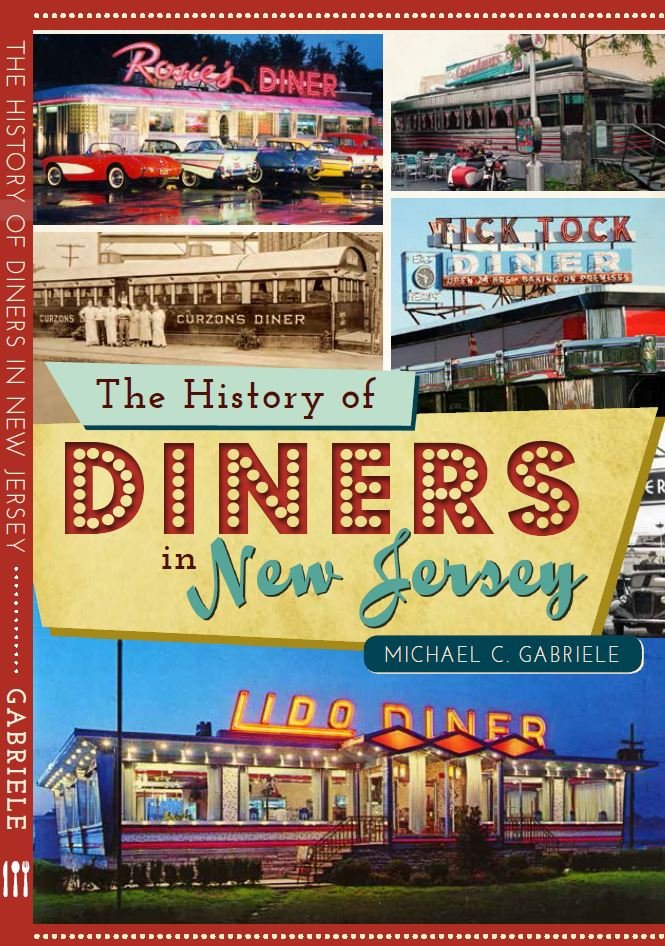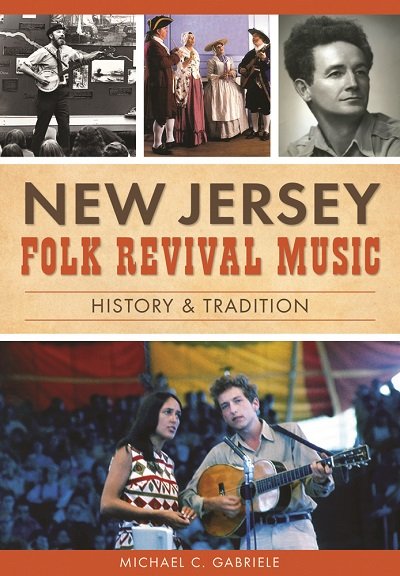Colonial Taverns
of New Jersey
New Jersey was the “Crossroads of the American Revolution,” and as battles raged, colonial taverns formed the social network that held the state together. Taverns were the stage for the unfolding drama of a colony transitioning into statehood and making decisions about declaring a war of independence. Taverns were the places where the voices of history took shape, used as recruitment stations for colonial militias and meeting places for local committees of safety. George Washington used taverns as headquarters, where he drafted his many letters and planned strategy with his generals. They were the “seedbeds” for the revolution, strongholds for political activities, beacons for travelers, and venues for entertainment, merriment, and libations.
Each day in the Garden State, we literally walk along the Crossroads of the Revolution in the footprints of our forebearers—a legacy that lies just below the surface of our everyday lives. The ghosts that linger on these byways sustain our state’s collective heritage. Individual sketches of people, places and events presented in this book are illuminating, but when assembled as a whole from numerous sources, a more complete, colorful mosaic emerges—a grassroots saga of New Jersey’s Revolutionary spirit and colonial life. This mosaic, this saga is the foundation of our state’s living history. Michael C. Gabriele’s new book, Colonial Taverns of New Jersey, documents this living history.
Release Date: 4/24/2023
Stories from
New Jersey Diners
Diners are where communities across all 21 counties of the Garden State go to celebrate milestones and reunions, form lifetime bonds, and partake in the joys of comfort food. Daily life at the counter or in the booth inspired sentimental recollections that reflect the state’s spirit and history. Late-night eats fueled Wildwood’s wild rock-and-roll days of the 1950s and early 1960s. An entrepreneur traveled eight thousand miles from India and opened a diner in Shamong, on the edge of the Pine Barrens. Runaway lovers exchanged midnight wedding vows at an Elizabeth lunch wagon. A Vietnam veteran was sustained by a heartfelt note for a free cup of coffee from a beloved Mount Holly waitress during this tour of duty. Strangers traveling in different directions and headed for different destinations take a moment enjoy a chance meeting to share their thoughts on life, family, politics and business over a cup of coffee at 2 a.m.
These are true tales and Americana stories that provide a deeper understanding into life’s many dramas that capture the soul of New Jersey. The narratives are a tapestry of “everyday” life for “ordinary” people, where every day is meaningful and every person is significant with a heartfelt story to share. “Nobody ever brings anything small into a diner.” Author Michael C. Gabriele documents colorful stories from the Diner Capital of the World.
The History of Diners
in New Jersey
New Jersey proudly holds the title of “Diner Capital of the World,” and these eateries brighten the state’s highways, byways and main streets, with neon lights, glistening stainless steel, sparkling terrazzo floors and tasty comfort food. But the social and cultural role diners have played in the Garden State for more than 130 years is more than just eggs over easy, coffee, hamburgers, disco fries and pancakes. Diners are the ultimate gathering places, attracting a diverse mix of truck drivers, corporate executives, politicians, college students, police officers, tourists and midnight ramblers. They store fond memories of generations of patrons. “A diner is more than just a place to eat, and food is only half the meal.”
In addition to having more diners than any other state, New Jersey became the hub of diner manufacturing during the 20th century, featuring nameplates such as O’Mahony, Silk City, Kullman, Fodero, Mountain View, Manno and Swingle. Author Michael C. Gabriele offers this delicious history, gathered from interviews with diner builders, owners, patrons and workers.
The Golden Age of
Bicycle Racing
in New Jersey
Cycling in New Jersey began in the 1880s, when colleges and communities formed some of the nation’s first cycling clubs. The popularity of the sport quickly spread throughout the state, with races held in Plainfield, Trenton, Vineland and Asbury Park. New Jersey was the home of cycling’s golden era of velodromes, when professional bicycle racing became a major spectator sport. The Garden State velodromes attracted the world’s top cyclists from Europe, Australia, New Zealand, South America and North America. Frank Kramer, Alf Goullet, Willie Honeman and Arthur A. Zimmerman became international sports stars. The sport shifted to road racing with the launch of the 1940 Tour of Somerville. Author Michael C. Gabriele traces 140 years of cycling history in New Jersey, illuminating the people and events that shaped the sport.
New Jersey Folk
Revival Music
New Jersey, during the 18th, 19th, and 20th centuries shaped the sound, spirit and trajectory of folk revival music into an international art form. The saga began with the bawdy tunes sung in colonial taverns, and continued with folk songs that echoed through the Pine Barrens and urban music scenes. “Guitar Mania” became a phenomenon in the 1800s, and studio records in Camden were monumental. Performances by acclaimed artists such as Paul Robeson, Woodie Guthrie, Pete Seeger, Joan Baez and Bob Dylan spotlighted the state’s folk revival movement and inspired a diverse collection of singer/songwriters, community organizations, radio stations, outdoor festivals, concerts, and open-mic nights at village coffeehouses.
Today, the tradition remains strong, highlighted by the annual New Jersey Folk Festival, held each April on the New Brunswick campus of Rutgers University. Musical styles continue to evolve. Author Michael C. Gabriele traces the evolution and living history of folk revival music in the Garden State, and examines how the music has changed the lives of people on stage and in the audience.




